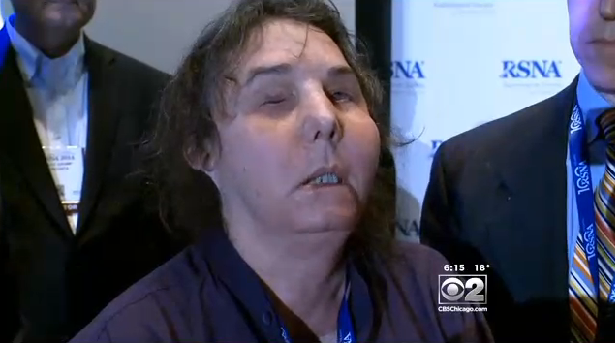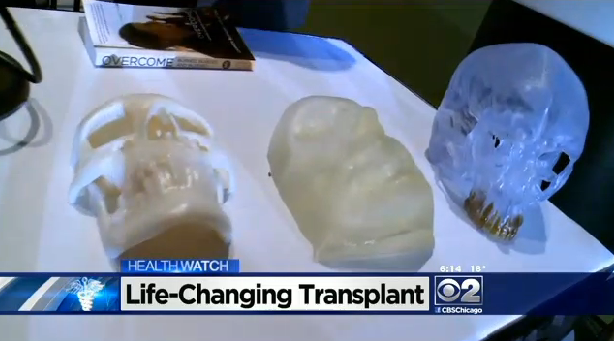3D Printers Give Face Transplant Patients A Dramatic Transformation And Improved Quality Of Life

The face is more important than you might think. We subconsciously judge other’s faces to determine their trustworthiness, if they will make a suitable mate, and even to gain insight into their personality. But what happens when you don’t have a face, like so many left maimed beyond recognition? This is where 3D printers may step in. This technology has already helped surgeons give two high-profile face transplant patients unbelievably transformations.
In the summer of 2007 the world was shocked by what doctors called “the most horrific injury a human being could suffer.” Herbert Rodgers broke into the home of his estranged wife Carmen Tarleton, beat her with a baseball bat and dosed her broken body with industrial strength lye. The lye burnt the skin and muscle away from Carmen’s face leaving her with little more than a skull. Although Carmen has had many surgeries to help both improve her quality of life none were able to restore the face her former spouse had robbed her of.
Now Tarleton is one of the first recipients of a new face built following models constructed by a 3D printer. LiveScience reported that the team of skilled surgeons printed out the soft tissue for Tarleton using the advanced technology, a technique which Dr. Frank Rybicki, a member of the team who worked on Tarleton, descried as being nearly impossible prior to the aid of 3D technology.
The 3D printer was able to provide the surgeons with a precise model to reconstruct the patient’s faces. Models of Tarleton’s skull, disfigured face, and the face of an organ donor all worked together as a map to help guide the surgery.

According to Rybicki, the transformation made by Tarleton and fellow high-profile face transplant patient Dallas Wiens, was phenomenal. “They went from having no face and no features at all, to being able to talk and eat and breathe properly," Rybicki explained. According to the doctor, the procedure went so well that it’s hard to even tell that Tarleton was once the recipient of a face transplant.
“This surgery has improved my quality of life tremendously,” Tarleton added, as reported by CBS.
This technique could not only help with complex face-transplant surgery, but also aid in minor surgeries such as jaw reconstruction. In most cases when a jaw is destroyed doctors much use a piece of rib or leg bone to replace the missing jaw. A 3D printer could help surgeons cut out a more precise piece of bone.



























